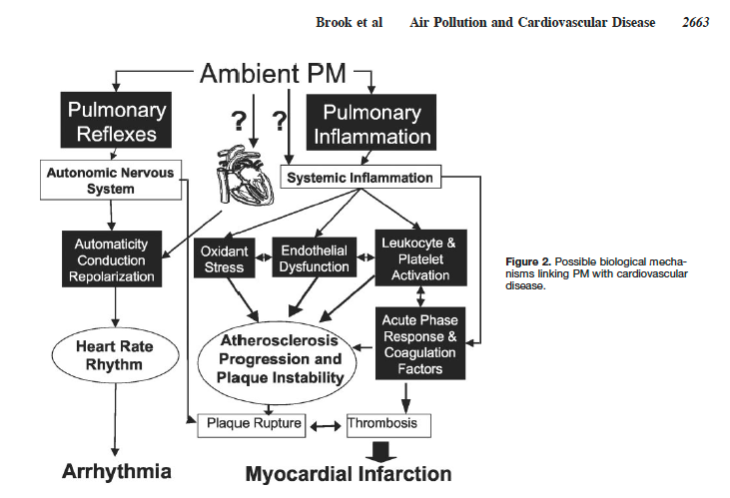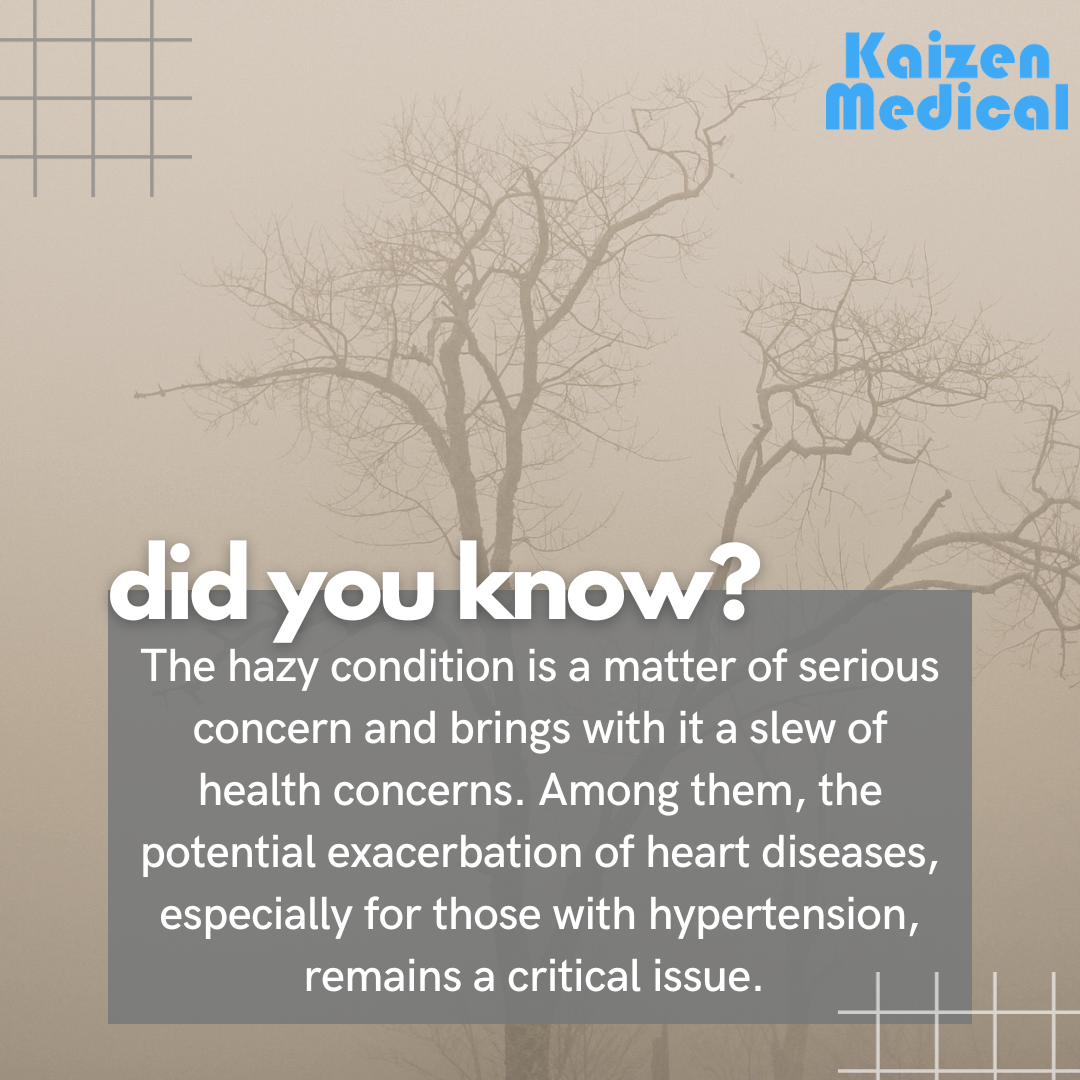One of the recurring environmental challenges faced by the inhabitants of bustling city-state Singapore is the seasonal haze that typically originates from forest fires in neighbouring countries. This year, due to El Nino conditions, the haze situation in Singapore is likely to worsen.
The hazy condition is a matter of serious concern. It not only obscures the iconic skyline but also brings with it a slew of health concerns. Among them, the potential exacerbation of heart diseases, especially for those with hypertension, remains a critical issue. But how exactly does the haze influence hypertension and heart conditions? Let’s delve into the details.
The Anatomy of Haze: More Than Just Fog
To understand its impact on hypertension, it’s essential to first decipher what the haze contains. It is a complex mixture of gases, aerosols, dust, and other pollutants that can irritate the respiratory system. The pollutants in question are fine particulate matter or PM2.5 (particulate of size 2.5 microns and below). These particulates not just exist outdoors but they can enter air-conditioned buildings through the fresh air intake, and through openings and gaps. These fine particles, when inhaled, can enter our bloodstream, causing inflammation and leading to a host of cardiovascular problems.

The Direct Connection Between Haze and Hypertension
Here’s how haze can have a profound effect on those with hypertension:
Inflammation: The pollutants present in haze are known to cause inflammation in our blood vessels. This would disrupt normal endothelial function. For someone with hypertension, this can make their already vulnerable blood vessels even more susceptible, elevating blood pressure levels.
Change in cardiac function: Exposure to PM2.5 can may decrease vagal tone, hence resulting in reduced heart rate variability. A low heart rate variability can be an indication of health problems as it reflects your body’s inability to cope with stress, or anxiety; making it more susceptible to diseases.

Respiratory Distress: Difficulty in breathing, a common symptom during hazy conditions, can put additional strain on the heart, further aggravating hypertension.
Stress: The mere fact of living in a hazy environment can cause stress, which in turn can elevate blood pressure levels.
Hypertension and Other Heart Diseases: A Domino Effect
Hypertension is often dubbed the ‘silent killer’ because it acts as a gateway to other heart-related diseases. With the added factor of haze:
Those with hypertension could see a higher risk of heart attacks, as the heart works overtime.
The risk of stroke, often linked to hypertension, might also increase given the compromised air quality.
The combination of hypertension and the inhalation of pollutants might result in long-term damage to blood vessels.
Singapore’s Vulnerability
Given Singapore’s geographical location, the city-state is particularly vulnerable to the effects of regional haze. With an already significant number of hypertension patients in the country, the periodic onset of haze means that many could see a worsening of their conditions without the right precautions.
Guarding Against the Haze: Tips for Hypertension Patients
While the haze is an external factor often beyond individual control, those with hypertension in Singapore can adopt certain measures:
Stay Indoors: Especially during peak hazy conditions, staying indoors can minimize exposure to harmful pollutants.
Air Purifiers: Investing in a good air purifier can help in reducing indoor air pollutants.
Regular Monitoring: Those with hypertension should keep a close eye on their blood pressure levels during hazy periods.
Medication: Always have necessary medications at hand, and consult a doctor if there’s any unusual spike in blood pressure.
In Conclusion
The relationship between haze and heart diseases, particularly hypertension, underscores the environmental challenges Singaporeans face in their quest for good health. While we cannot control the haze’s onset, understanding its implications and taking proactive measures can ensure that Singapore remains not just a vibrant economic hub, but also a haven of wellness for its residents.
About Dr Adrian Mondry
Dr Adrian Mondry is a Hypertension Specialist accredited by the German Hypertension League in Singapore. He was previously a senior consultant in the department of medicine at the National University Hospital and Ng Teng Fong General Hospital (NTFGH), Dr Mondry has more than 30 years of experience in the field of internal medicine.
Dr Adrian Mondry is recognised for his leadership and contributions in establishing the dedicated hypertension clinic within the National University Health System and fast-track deep vein thrombosis service at NTFGH.
Dr Adrian Mondry is fluent in English, German and French.
About Kaizen Medical
Kaizen Medical is located at Mount Elizabeth Novena Specialist Centre, Suite 11-57.
At Kaizen, we provide in depth health care to patients with multi-organs diseases; tackling undifferentiated presentations that cannot be easily assigned to a single organ.





